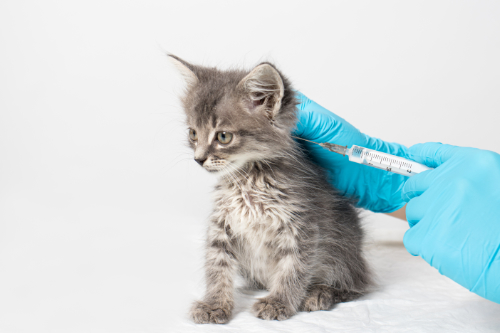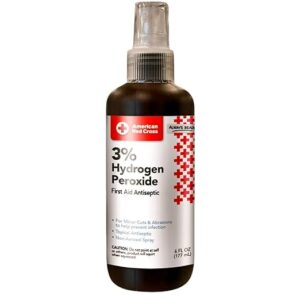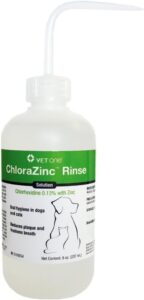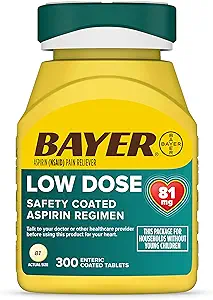Ulcers on your cat’s tongue can be a source of discomfort and pain. It is important to recognize and treat this problem to limit serious discomfort for your cat. In this article we will explain how the ulcers can arise and how you can try to treat it yourself.
What Causes Ulcers on the Tongue in Cats?
You can recognize ulcers on the tongue in a cat by the red spots on your cat’s tongue. On those parts of the tongue, the outer part of the tongue mucosa has disappeared. There can be several causes for this.
For example, in the case of cat flu, the virus can multiply in the mucous membranes of the eyes, nose and mouth. This destroys cells and therefore also the mucous membrane. In the case of the tongue, you will see red inflamed spots on the tongue. With cat flu the red spots are mostly on the back of the tongue, although that is not always the case.
Also as a result of licking up chemical substances, a kind of burns can occur. Here too we see the same kind of red spots where the outer layer of the tongue mucosa has disappeared due to the chemicals. In this case, the ulcerations are usually at the tip of the tongue.
However, if you see that there are red spots on your cat’s tongue, but that the red spots are more in the mucous membrane itself without damage to the mucous membrane, there is a chance that your cat has a problem with its blood clotting. This occurs, for example, as a result of rat poison intoxication. However, you will also see these spots on your cat’s palate and often also on the belly and in the ears or on other thinly haired body parts.
And of course, inflammation of the tongue can also occur in cats because they have had an accident or were in a fight. In that case, the resulting wounds have become infected, causing your cat’s tongue to become inflamed.

Symptoms of ulcers on the tongue in cats:
In case of ulcers on the tongue, you can see red spots on the tongue. But in addition, you often see swelling, pain, excessive drooling and a very bad smell from his mouth. He can also stick out his tongue due to the pain. If you notice these symptoms, it is advisable to consult a veterinarian for an accurate diagnosis and the best treatment.
Home remedies to treat ulcers
In addition to veterinary care, over-the-counter resources can serve as additional support. Some resources you can consider are:
hydrogen peroxide 3%
You can use hydrogen peroxide 3% to prevent bacterial growth in the ulcers. In this case, dab the ulcers on the tongue 2-3 times a day using a cotton swab with hydrogen peroxide 3%. Your cat will think this tastes bad and may drool quite a bit for a few minutes. After about 3-4 days, the red spots on the tongue should clearly improve.
Diet ajustments
Ulcers on the tongue are painful for a cat. That is why it is wise to give softer food, such as wet food. Cats then tend to eat better. Does your cat not like wet food? Then you can also try if he wants to eat his own kibble that has been soaking in warm water. Or you can give him cooked pieces of chicken fillet. By using wet food that contains a lot of calories like the one below, your cat doesn’t have to eat much of it in order to receive enough calories.
Promote water uptake
Make sure your cat gets enough fluids. If he has pain in his tongue, he sometimes wants to drink less or even not at all. Sufficient fluid intake can help with recovery and reduce any irritation to the ulcers on the tongue. After all, everything that can aggravate the ulcers on his tongue is flushed away. So encourage your cat to drink water and if necessary offer extra wet food as it contains about 90% water.
Oral hygiene
Good oral hygiene can help reduce inflammation in your cat’s tongue. For example, consider using Chlorazinc rinse. This contains the antibacterial substance chlorhexidine that prevents bacteria formation in your cat’s mouth. You put this product on your cat’s teeth once a day, which will reduce the amount of bacteria in your cat’s mouth. As a result, the chance of secondary infections of the ulcers is also considerably less.
Painkiller
If your cat has a lot of pain due to his ulcers on the tongue, you can give him a painkiller. If you have a painkiller especially for cats at home, give it to him. Otherwise you can give a quarter of a child aspirin (!!!!) once every two days. Those are 81mg tablets. Watch out!!! Do not use other painkillers that are ment for humans. They are deadly to cats. Only aspirin is suitable. So don’t give paracetamol, ibuprofen or anything like that to your cat.
Prevention of ulcers on the tongue in cats:
While it’s not always possible to prevent ulcers on the tongue in cats, there are preventative measures you can take. For example, make sure that your cat gets his annual vaccination against cat flu (and other viruses, but that is not related to this article). In this way, the chance of cat flu is much smaller and therefor the chance of ulcerations on the tongue of your cat. In addition, you should try to prevent your cat from licking chemicals. So make sure in your environment that these types of substances are always cleaned up when you are not working with them. Don’t leave it overnight because you want to use it again tomorrow. Your cat only needs to take one lick of it… Also, don’t use rat poison. After all, your cat will be able to catch a poisoned rat or mouse more easily and then eat it.

Conclusion
While home remedies can provide additional support in the treatment of ulcers on the tongue in cats, consulting a vet is always the best first step. Home remedies are best used only after consulting a vet. These products are not a substitute for professional medical care. Your cat’s well-being is paramount, so don’t hesitate to consult a vet with any health issue. Good luck!




